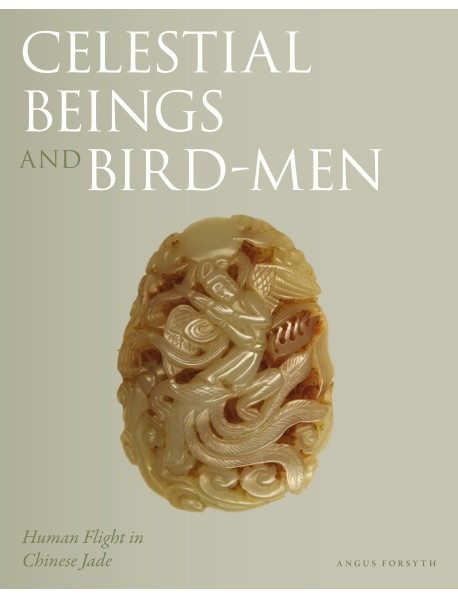Celestial Beings and Bird-Men

- Нет в продаже
Jade figurines depicting human flight are a varied and expressive manifestation of this most prized artistic medium. Angus Forsyth, a prominent collector of Chinese jade, in this book explores the making in the Middle Kingdom (over a 2000-year period, from the Han Dynasty onwards) of unique objects depicting figural movement through the air.
He examines the depiction of apsaras (flying angels), kinnaras (bird-men), garudas (humanoid birds appearing in both Hindu and Buddhist mythology) and finally anthropomorphized bird headdress ornaments. He shows how these flying figures came to be associated with veneration of the gods and specific devotional practice. Examining a variety of representative objects, none of which has been seen in print before, the author reveals that the original concept behind flying celestial beings and bird-men originated not in China but in India and the Christianized West, via the Silk Road. A distinctive characteristic of Chinese artefacts is that, in contrast to their Western angelic counterparts, they often are wingless. The book discusses small and larger jade pieces alike.
He examines the depiction of apsaras (flying angels), kinnaras (bird-men), garudas (humanoid birds appearing in both Hindu and Buddhist mythology) and finally anthropomorphized bird headdress ornaments. He shows how these flying figures came to be associated with veneration of the gods and specific devotional practice. Examining a variety of representative objects, none of which has been seen in print before, the author reveals that the original concept behind flying celestial beings and bird-men originated not in China but in India and the Christianized West, via the Silk Road. A distinctive characteristic of Chinese artefacts is that, in contrast to their Western angelic counterparts, they often are wingless. The book discusses small and larger jade pieces alike.
